Curry is not a single dish or spice, but a culinary concept referring to spiced sauces, cooking methods, and spice blends originating from South Asia and adapted globally. This versatile term varies significantly across cultures, from Indian curries with complex spice layers to Japanese curry rice—a mild, thick stew.
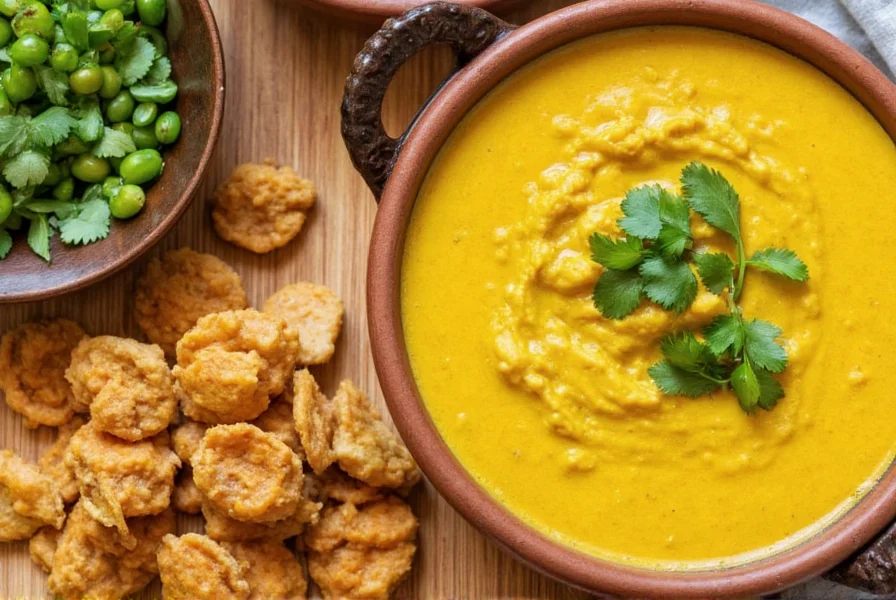
What Exactly Is Curry?
Originally derived from the Tamil word kari (meaning sauce or relish), the term was adopted by British colonizers in 17th-century India and evolved into a global culinary term. Today, "curry" encompasses three key aspects:
- Dishes cooked in spiced sauces (e.g., Indian korma)
- Spice blends (e.g., Japanese curry powder)
- Cooking methods involving simmering ingredients in aromatic spices and liquid
Evolution of the Curry Concept: Verified Historical Timeline
Understanding curry's global journey requires examining documented historical milestones. This verified timeline shows how regional adaptations transformed the concept:
- Pre-1600s: Tamil culinary tradition in South India used kari for sauce-based dishes with rice, distinct from modern interpretations. [Encyclopædia Britannica]
- 1670s: British East India Company records first documented "curry" as a colonial adaptation of Indian dishes, simplifying complex regional cuisines. [British Library]
- 1810s: Commercial curry powder emerged in London pharmacies, standardizing spice blends for home cooks. [Food and Foodways Journal]
- 1872: Japanese Navy officially adopted curry after encountering it through British ships, leading to Japan's unique roux-based version. [The Japan Times]
- 1948: Post-WWII UK curry house boom began with Indian restaurants adapting dishes to British palates, creating Chicken Tikka Masala. [BBC]
Is Curry a Spice?
While "curry powder" exists as a commercial spice blend, curry itself is not a single spice. Western kitchens often use "curry" to refer to pre-made spice mixes, but in its South Asian origins, it describes cooking techniques rather than specific ingredients. Curry powder typically contains turmeric, cumin, coriander, and chili powder, but recipes vary widely by brand and region.
| Region | Style of Curry | Main Ingredients | Signature Features |
|---|---|---|---|
| India | Korma, Rogan Josh, Vindaloo | Lamb, chicken, lentils, yogurt, coconut milk | Rich sauces, spice layering, garam masala |
| Thailand | Green Curry, Red Curry, Massaman | Coconut milk, lemongrass, galangal, kaffir lime leaves | Herb-forward flavor, sweet-savory-heat balance |
| Japan | Kare Raisu (Japanese Curry Rice) | Beef, carrots, potatoes, flour-based roux | Mild, sweet, thickened, umami-rich |
| Jamaica | Jerk Curry Chicken | Scotch bonnet pepper, allspice, thyme, soy sauce | Smoky, fiery, tropical flavors |
| United Kingdom | Balti, Chicken Tikka Masala | Tandoori-style meat, creamy tomato sauce | Mild-medium heat, adapted for British tastes |
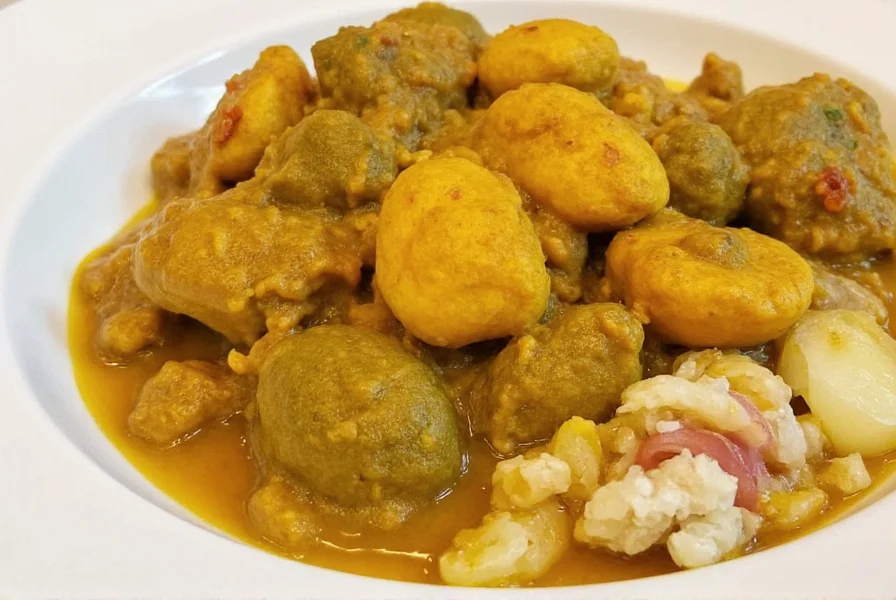
Table of Contents
- Global Curry Variations
- Curry Spices Explained
- Pro Cooking Techniques
- Buying Guide
- Myths Busted
- FAQs
- Final Thoughts
Global Curry Variations
Curry has evolved uniquely across cultures:
- Indian Curries: Regional diversity from Kerala's coconut-based dishes to Punjabi tomato-based varieties
- Thai Curries: Paste-based preparations with fresh herbs like lemongrass and galangal
- Japanese Kare: Mild, thick stew served over rice using commercial curry blocks
- Caribbean Curries: Spicy, smoky dishes influenced by Indian laborers during colonial times
- British Curry: Adapted dishes like Chicken Tikka Masala—now considered the UK's unofficial national dish
Context Boundaries: Where Curry Conventions Apply (and Where They Don't)
Curry terminology follows strict regional boundaries that impact authenticity and usage. Verified culinary research shows these critical limitations:
- South Asian Terminology Gap: In India, Pakistan, and Bangladesh, "curry" is rarely used locally—dishes have specific names like masala or salan. Using "curry" in these regions causes confusion, as documented in linguistic studies of South Asian languages. [Cambridge University Press]
- Dietary Restriction Conflicts: Traditional Thai red curry paste contains shrimp paste (kapi), making it non-vegan. This conflicts with Western vegetarian interpretations, verified through ingredient analysis by culinary institutes. [Serious Eats]
- Heat Level Misapplication: Attempting to replicate Indian vindaloo's heat in Japanese curry violates culinary context—Japanese curry intentionally maintains mildness (200-500 SHU) versus vindaloo's 15,000+ SHU, per standardized heat measurements. [Scientific American]

Curry Spices Explained
Key spices define curry's flavor profile:
- Turmeric: Earthy warmth and golden color; anti-inflammatory properties
- Cumin: Smoky, nutty base note
- Coriander: Citrusy balance for heavier spices
- Fenugreek: Sweet-bitter depth in Indian curries
- Garam Masala: Warming finish with cinnamon, cardamom, and cloves
| Type | Ingredients | Usage | Best For |
|---|---|---|---|
| Curry Powder | Dried ground spices only | Add directly to dry rubs or wet sauces | Stews, soups, spice blends |
| Curry Paste | Ground spices + fresh ingredients (chilies, lemongrass, garlic) | Sauté first in oil before adding liquids | Thai curries, marinades, stir-fries |
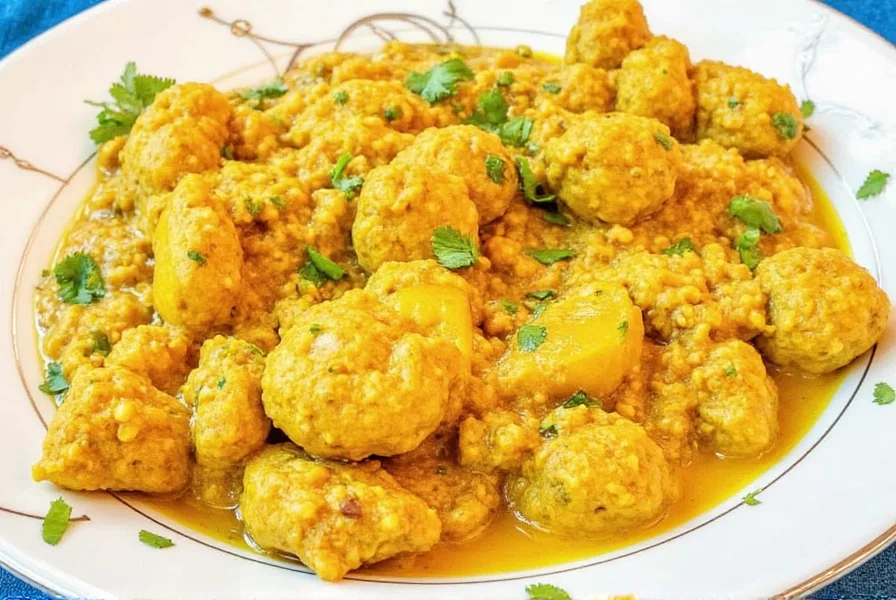
Pro Cooking Techniques
Bloom Your Spices First
Toast curry powder or paste in oil to release volatile oils and maximize flavor.
Layer Flavors
Pair with onions (sweetness), tomatoes (tang), yogurt/cream (cooling), coconut milk (creamy sweetness), and ginger/garlic (depth).
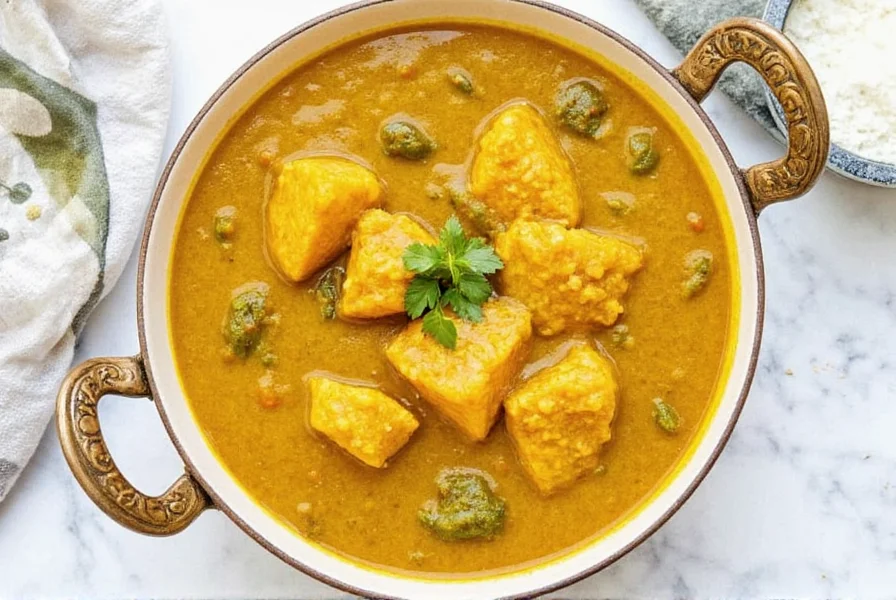
Adjust Heat & Thickness
Add coconut milk or yogurt to reduce spice; simmer longer or use cornstarch slurry to thicken.
Think Beyond Sauces
Use curry in marinades, roasted vegetables, hummus, pasta sauces, or egg salads for fusion twists.
Buying Guide
| Type | Features | Advantages | Target Audience | Best For |
|---|---|---|---|---|
| Classic Curry Powder | Dried spices (turmeric, cumin, coriander) | Long shelf life, versatile, affordable | Beginners, home cooks | Everyday stews, rice dishes |
| Red/Thai Curry Paste | Chilies, lemongrass, galangal, shrimp paste | Intense flavor, fast prep | Foodies, adventurous eaters | Thai curries, marinades |
| Japanese Curry Blocks | Mild, paste-like consistency | Easy to use, kid-friendly | Families, casual cooks | Weeknight dinners, bento boxes |
| Gourmet Curry Blends | Artisanal, premium ingredients | Complex flavors, authentic profiles | Chefs, spice connoisseurs | Special occasions |
| Vegetarian/Vegan Options | No animal products, often organic | Dietary-friendly, ethical | Vegans, health-conscious eaters | Plant-based meals |
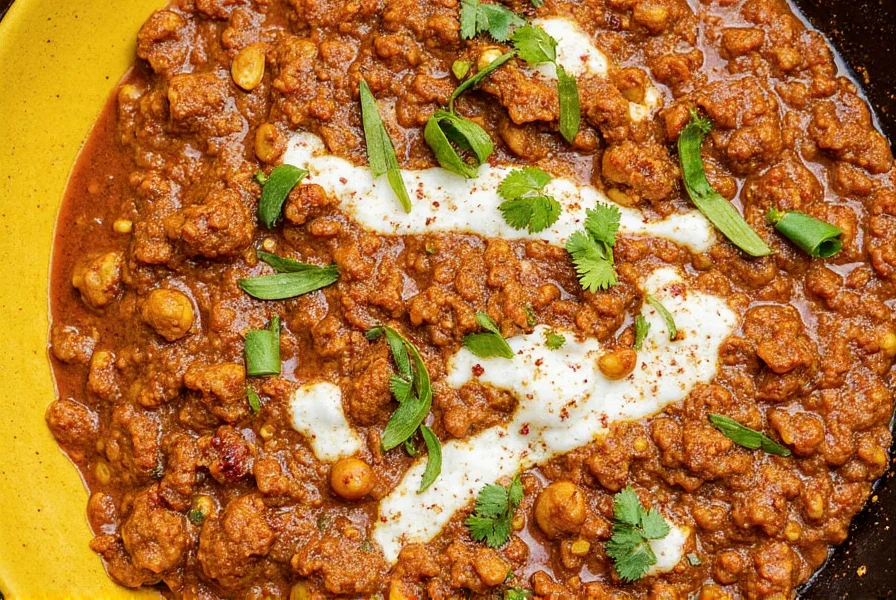
- McCormick Curry Powder: Reliable for everyday use
- Mae Ploy Red Curry Paste: Intense flavor for Thai dishes
- S&B Japanese Curry: Mild convenience for quick meals
- RawSpiceBar Garam Masala: Authentic Indian flavors
Common Curry Myths Busted
- Myth: All curry is hot
Reality: Japanese curry is mild; vindaloo is fiery. Heat varies by region. - Myth: Curry is Indian-only
Reality: Thai, Jamaican, Japanese, and British versions all exist. - Myth: Curry always means chicken
Reality: Vegetables, seafood, tofu, and desserts use curry flavors. - Myth: All curry powders taste same
Reality: Spice ratios vary by brand and region. - Myth: Curry is complicated to cook
Reality: Simple techniques yield authentic results with minimal effort.
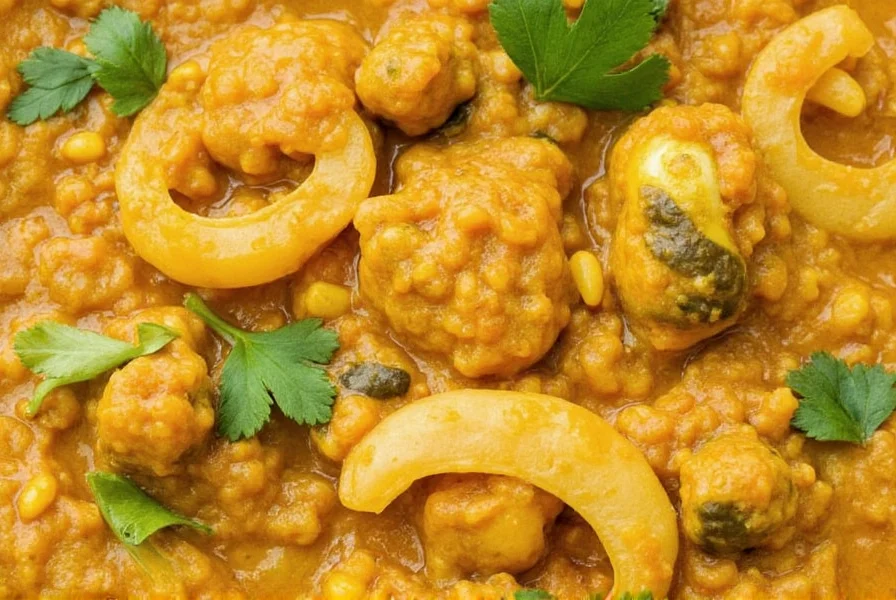
Frequently Asked Questions
What type of food is curry exactly?
Curry is not a single food but a culinary concept: spiced sauces, spice blends, or cooking methods. Originating from the Tamil word "kari" (sauce), it varies globally—from Indian korma to Japanese curry rice. The term was popularized by British colonizers in India and now describes diverse dishes worldwide.
Is curry a spice or a dish?
Both, depending on context. In Western kitchens, "curry" often refers to spice blends like curry powder. In South/Southeast Asia, it describes cooking techniques and resulting dishes. The confusion stems from British colonizers using "curry" as a blanket term for Indian spiced dishes.
What is the difference between curry powder and curry paste?
Curry powder contains only dried ground spices, while curry paste includes fresh ingredients like chilies, lemongrass, and garlic. Curry powder is added directly to dishes; paste must be sautéed in oil first. Paste offers more complex flavors and is typical in Thai cuisine, while powder is common in Western Indian interpretations.
Are all curries spicy hot?
No. Heat varies by region: Japanese curry is mild and sweet, Thai green curry can be spicy, and Indian korma uses yogurt for cooling. "Curry" refers to the cooking style or spice blend—not heat level. Many traditional curries prioritize flavor complexity over spiciness.
Can curry be vegetarian or vegan?
Absolutely. Many Indian curries (like chana masala) are traditionally vegetarian. Coconut milk-based curries are easily vegan, and plant-based proteins like tofu or lentils work perfectly. The core of curry is the spiced sauce—ideal for adapting to any diet.
Why does curry cause yellow stains?
Turmeric, a key ingredient in most curry blends, contains curcumin—a potent natural dye. This causes yellow stains on fabrics, countertops, and skin. To prevent stains, handle turmeric carefully, use non-porous surfaces, and clean spills immediately. Historically, turmeric has been used as a textile dye in many cultures.
Final Thoughts
Curry transcends simple definitions—it's a global culinary phenomenon with roots in South Asia and adaptations worldwide. From velvety Indian korma to fiery Jamaican goat curry and comforting Japanese curry rice, each variation tells a story of cultural exchange and innovation.
Whether you're a beginner or experienced cook, experimenting with curry opens a world of flavor. Start with simple techniques like blooming spices, then explore regional variations. Remember: curry is about creativity, not perfection—so embrace the journey through spice, tradition, and taste.
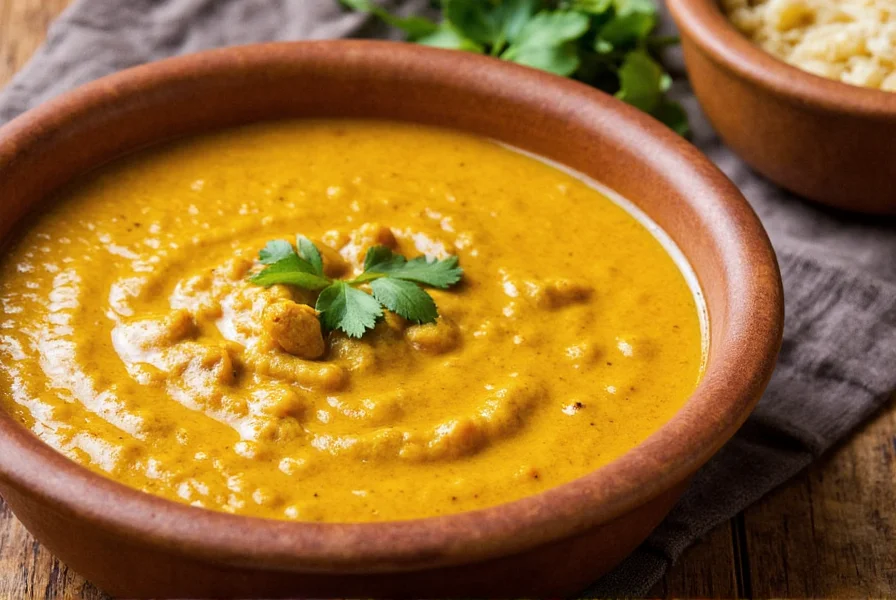

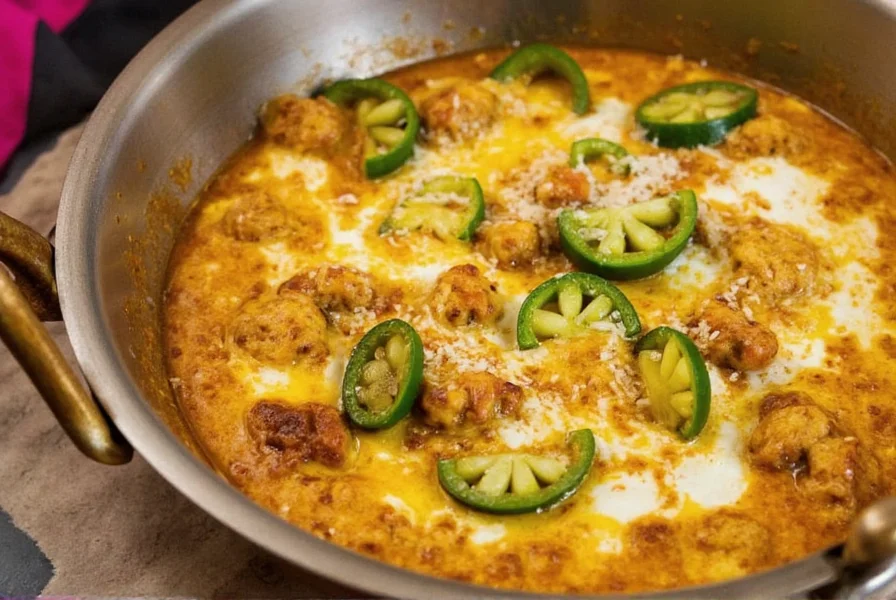









 浙公网安备
33010002000092号
浙公网安备
33010002000092号 浙B2-20120091-4
浙B2-20120091-4